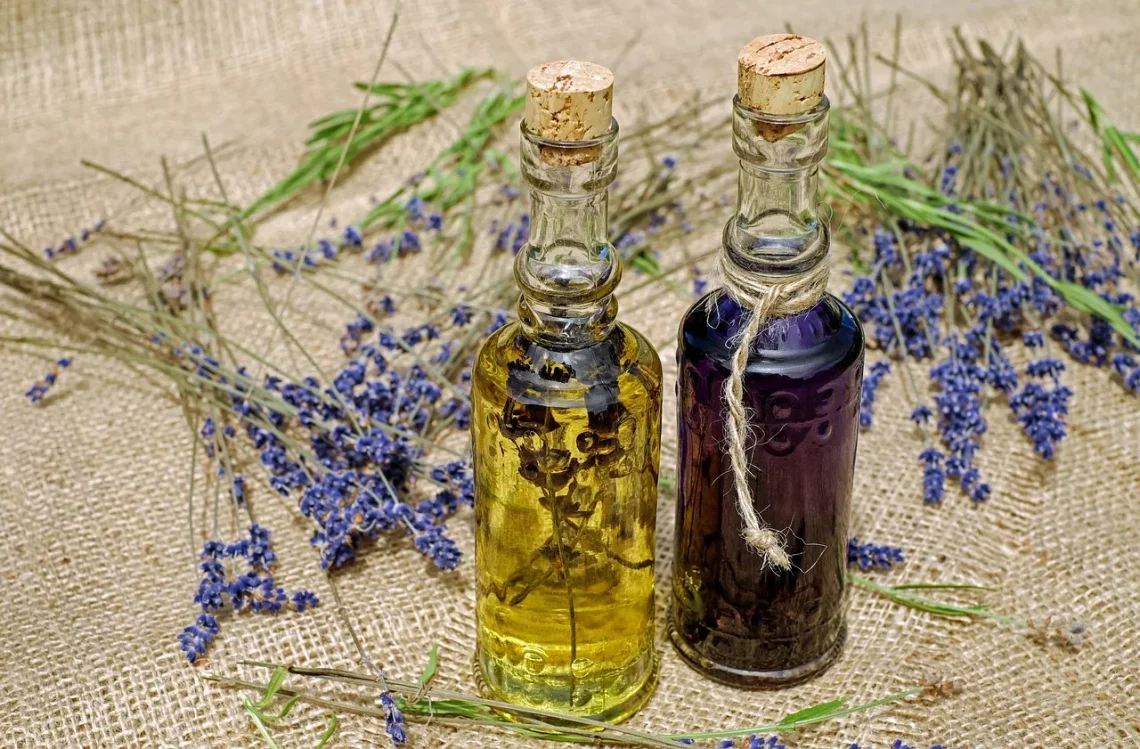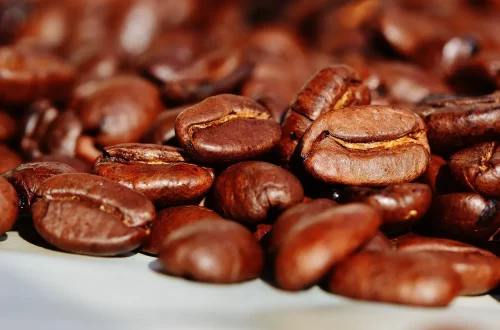
Unlocking the Secrets of Essential Oil Still for Home Distillation
The enchanting world of essential oils has captivated many for centuries, serving as a source of healing, relaxation, and aromatic delight. With the rise in popularity of natural remedies and homemade products, the practice of distilling essential oils at home has gained traction among enthusiasts. Home distillation not only allows individuals to create unique blends tailored to personal preferences but also provides a sense of accomplishment and connection to nature. However, the journey into the realm of essential oil distillation requires a blend of knowledge, skill, and the right equipment.
As people increasingly seek to harness the power of nature, understanding the intricacies of an essential oil still becomes vital. This process involves transforming plant materials into concentrated oils through careful extraction methods. While the concept may seem daunting, it is an accessible craft that can yield incredible rewards. The rich scents and therapeutic properties of essential oils can enhance daily life, from creating soothing atmospheres to contributing to holistic wellness.
In this article, we will explore various aspects of essential oil distillation, including the types of stills available, the distillation process itself, and tips for success. Whether you’re a novice or an experienced distiller, these insights will help unlock the secrets of essential oil stills and empower you to create your own aromatic masterpieces at home.
Understanding Different Types of Essential Oil Stills
When venturing into the world of essential oil distillation, the first step is choosing the right still for your needs. Essential oil stills come in various forms, each designed for specific types of distillation processes. The most common types include steam distillation, water distillation, and hydro-distillation.
Steam distillation is the most widely used method for extracting essential oils. In this process, steam is passed through plant material, causing the oils to evaporate. The vapor is then collected and condensed back into liquid form, separating the essential oil from the water. This method is favored for its efficiency and ability to preserve the integrity of the oils.
Water distillation, on the other hand, involves boiling the plant material directly in water. This method can be less effective than steam distillation, as it may compromise the quality of the essential oil. However, it is suitable for certain plants and can be a more straightforward process for beginners.
Hydro-distillation combines elements of both steam and water distillation. In this method, the plant material is submerged in water, and steam is introduced. This technique can yield a higher quantity of essential oil but may also alter the oil’s properties.
When selecting a still, consider the scale of your distillation efforts, the types of plants you wish to work with, and your budget. Basic stills can be found at various price points, from simple countertop models to more elaborate setups for serious enthusiasts.
Additionally, ensure that the materials used in your still are suitable for food-grade applications. Stainless steel and glass are often preferred for their durability and non-reactive properties. Investing in a quality still will not only enhance your distillation experience but also ensure the purity of the oils you produce.
The Distillation Process: Step-by-Step Guide
Once you have selected the appropriate still, it is time to delve into the distillation process itself. Understanding the steps involved is key to achieving high-quality essential oils.
1. **Preparation**: Begin by gathering your plant material, ensuring it is fresh and free of contaminants. Common plants for distillation include lavender, rosemary, and peppermint. Chop the plant material into smaller pieces to increase the surface area and facilitate extraction.
2. **Loading the Still**: Place the prepared plant material into the still’s designated chamber. Ensure that it is not packed too tightly, as this can obstruct steam flow and hinder the distillation process.
3. **Adding Water**: Fill the still’s water chamber with distilled water. The amount of water will depend on the specific still being used, so refer to the manufacturer’s instructions for guidance.
4. **Heating**: Once everything is in place, turn on the heat source. As the water heats up, steam will rise through the plant material, extracting the essential oils. Monitor the temperature carefully, as excessive heat can degrade the quality of the oils.
5. **Collection**: The steam carrying the essential oils will pass through a condenser, where it cools and reverts to liquid form. This liquid will contain both water and essential oils, which will need to be separated.
6. **Separation**: Allow the distilled liquid to sit for a while. The essential oil will float on top of the hydrosol (the water remaining after distillation). Carefully siphon off the essential oil using a pipette or separator.
7. **Storage**: Store the essential oil in dark glass bottles to protect it from light exposure. Label the bottles with the type of oil and the date of extraction for future reference.
By following these steps, you can effectively distill your own essential oils at home. It may take some practice to perfect the process, but the rewards—both aromatic and therapeutic—are well worth the effort.
Tips for Successful Home Distillation
To ensure a successful home distillation experience, consider the following tips that can help improve your process and the quality of your essential oils.
1. **Quality of Plant Material**: Start with high-quality, organic plant material. The potency of the essential oil largely depends on the quality of the source material. If possible, harvest your own plants or purchase from reputable suppliers.
2. **Timing**: Distill your plant material at the right time for optimal oil extraction. For many plants, this means harvesting during peak bloom when the oil content is highest. Research the best harvesting practices for the specific plants you intend to use.
3. **Experimentation**: Don’t be afraid to experiment with different plant combinations and distillation times. This can lead to unique blends that cater to your scent preferences. Keep detailed notes of your processes and results for future reference.
4. **Cleaning**: After each distillation, thoroughly clean your still to prevent contamination and preserve the quality of future batches. Residue from previous distillations can affect the flavor and aroma of new oils.
5. **Patience**: Distillation is both an art and a science, requiring patience and practice. Take your time to understand the nuances of the process and don’t rush through it.
By incorporating these tips, you can enhance your home distillation experience and produce high-quality, aromatic essential oils that reflect your personal taste and preferences.
In conclusion, while venturing into the world of essential oil distillation may seem daunting, it is a rewarding endeavor that offers a tangible connection to nature. With the right knowledge, equipment, and techniques, anyone can unlock the secrets of essential oil stills and enjoy the myriad benefits of their creations.
**Disclaimer**: The information provided in this article is for educational purposes only and does not constitute medical advice. Always consult with a qualified healthcare professional for any health-related concerns or conditions.




